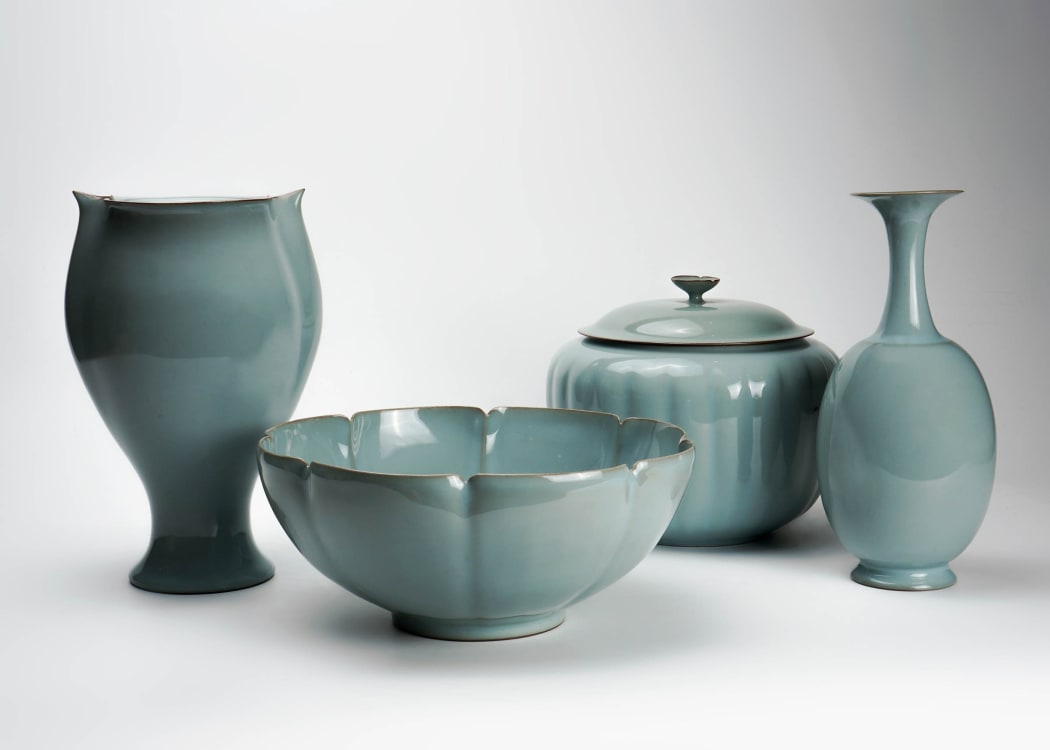
Kawase Shinobu (b. 1950) was born into a family of potters who worked at a kiln founded by his grandfather. From a young age, he often heard the phrase, “The third generation is going to fail the kiln,” a comment that lingered in his mind. His father never directly told him to take over the kiln, but the pressure may have quietly motivated him. His brother was Kawase Takeshi 川瀬竹志 (1953–2007). At times, Kawase Shinobu’s forms followed those of his older brother, as seen in works like White Porcelain Flower Vessels: Pair of Bud-Shaped Jars, pictured below. However, Takeshi explored a broader range of techniques. He worked not only in porcelain and sometsuke but also experimented with aka-e, taking on the role of an ornamented painter in the style of their grandfather and father.

Two works by Kawase Takeshi. Private collection.
When Kawase Shinobu entered the world of pottery as a child, he and his father made a simple agreement: “Every morning before breakfast, clean the workshop and wipe the floor.” By helping around the studio, Kawase earned a small allowance. He folded clay and gradually became familiar with its behavior, eventually playing with the materials around him. His father would scold him now and then, so he learned to follow the rules, even while experimenting.
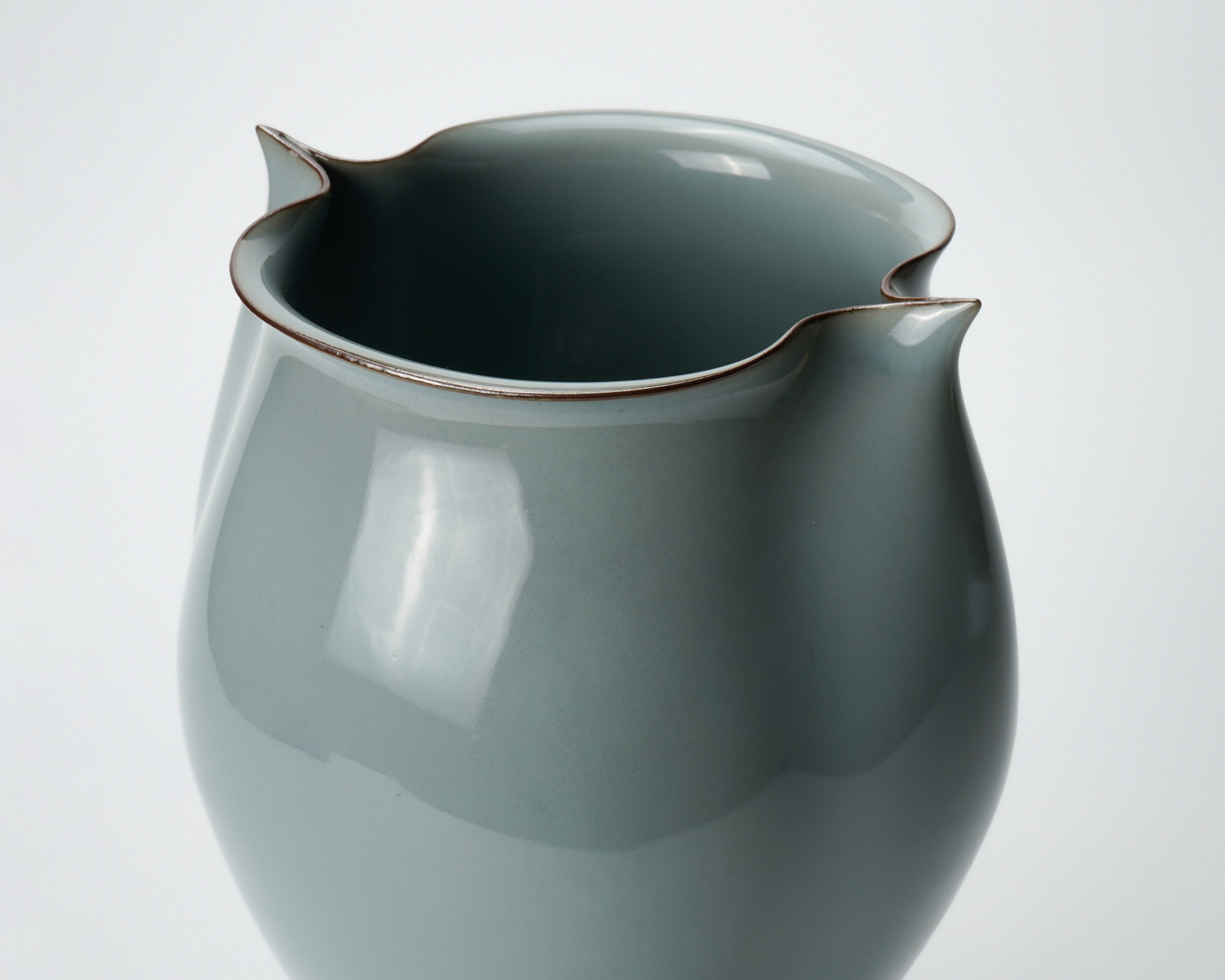
One day, Kawase found that applying a thick coat of sometsuke underglaze could result in a blue glaze. Curious, he slipped a small test piece into the kiln without telling his father. When his father noticed, he asked, “Do you want to do celadon?” Kawase said yes. His father replied, “Then either leave this kiln, or make the best celadon in the entire world.” Kawase accepted the challenge. When he turned eighteen, his grandfather pointed out the importance of “Kinuta (a type of vase form).” At the time, Guan ware, which has the base of Kinuta-adjacent clay types, had not yet gained much attention. Despite this, Kawase felt drawn Ru and Guan celadon wares of the Southern Song dynasty, which he found more refined and balanced. As a result, in the 80’s, Shinobu began creating celadon glazed ceramics in the same techniques of Chinese song dynasty celadon.
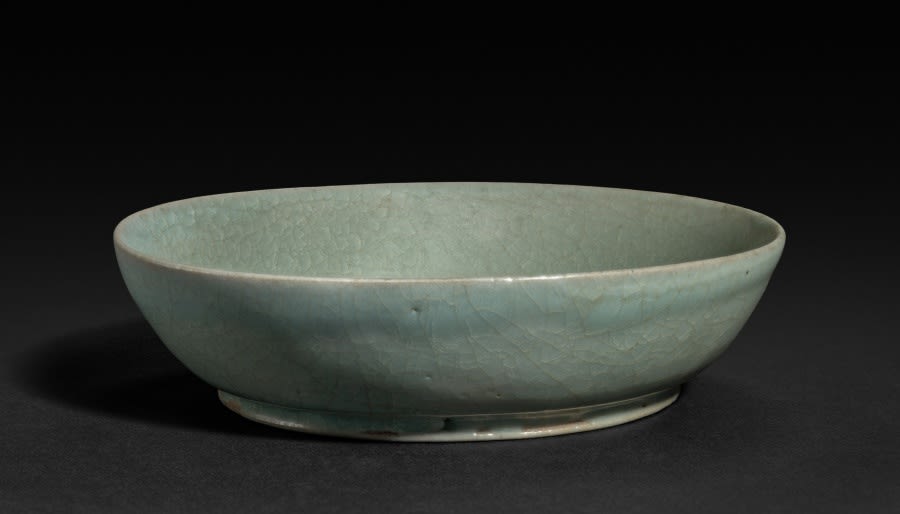
Brush Washer 汝瓷筆洗盤, Late 1000s–1127 China, Henan Province, Baofeng, Qingliangsi, Northern Song dynasty (960-1127), porcelaneous stoneware, Ru ware. Image courtesy of Cleveland Museum of Art. To learn more about the object, click here.
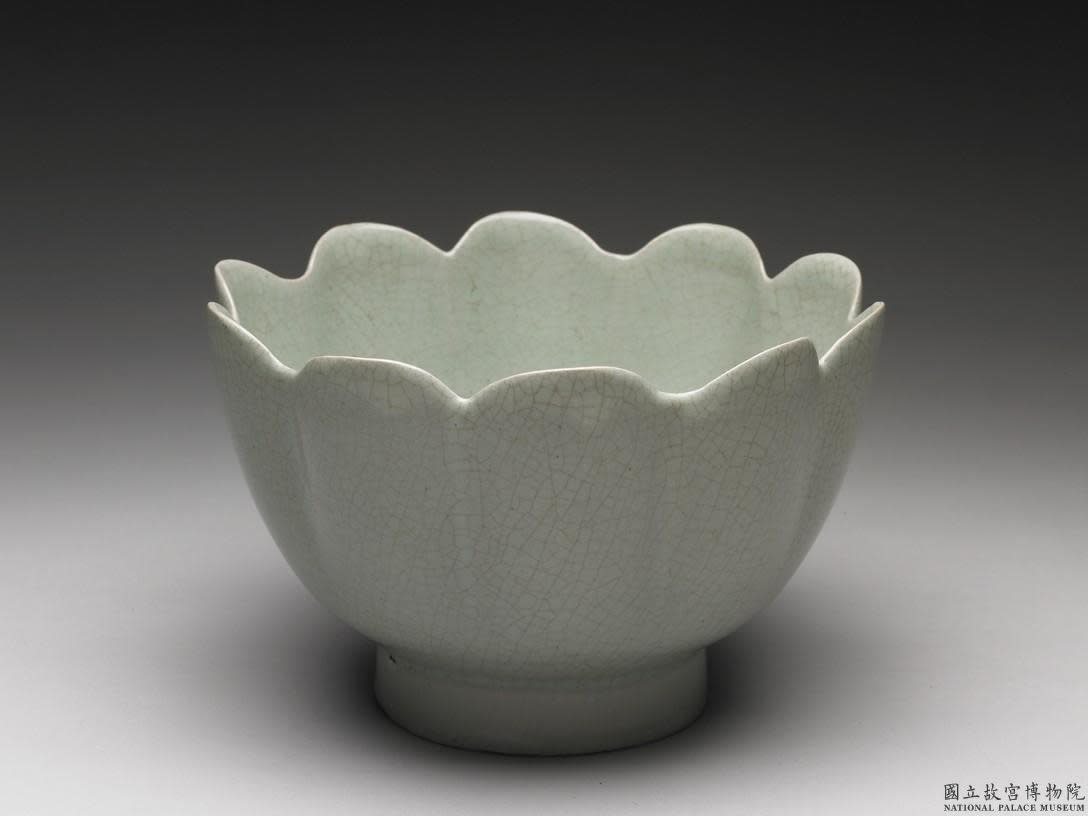
Lotus-shaped warming bowl in light bluish-green glaze, Ru ware, c. 960-1127. Kawase cited this work in his book "50 years of Celadon" as a particular museum object he found beautiful. Image courtesy of the National Palace Museum, Taipei, Taiwan. To learn more about the object, click here.
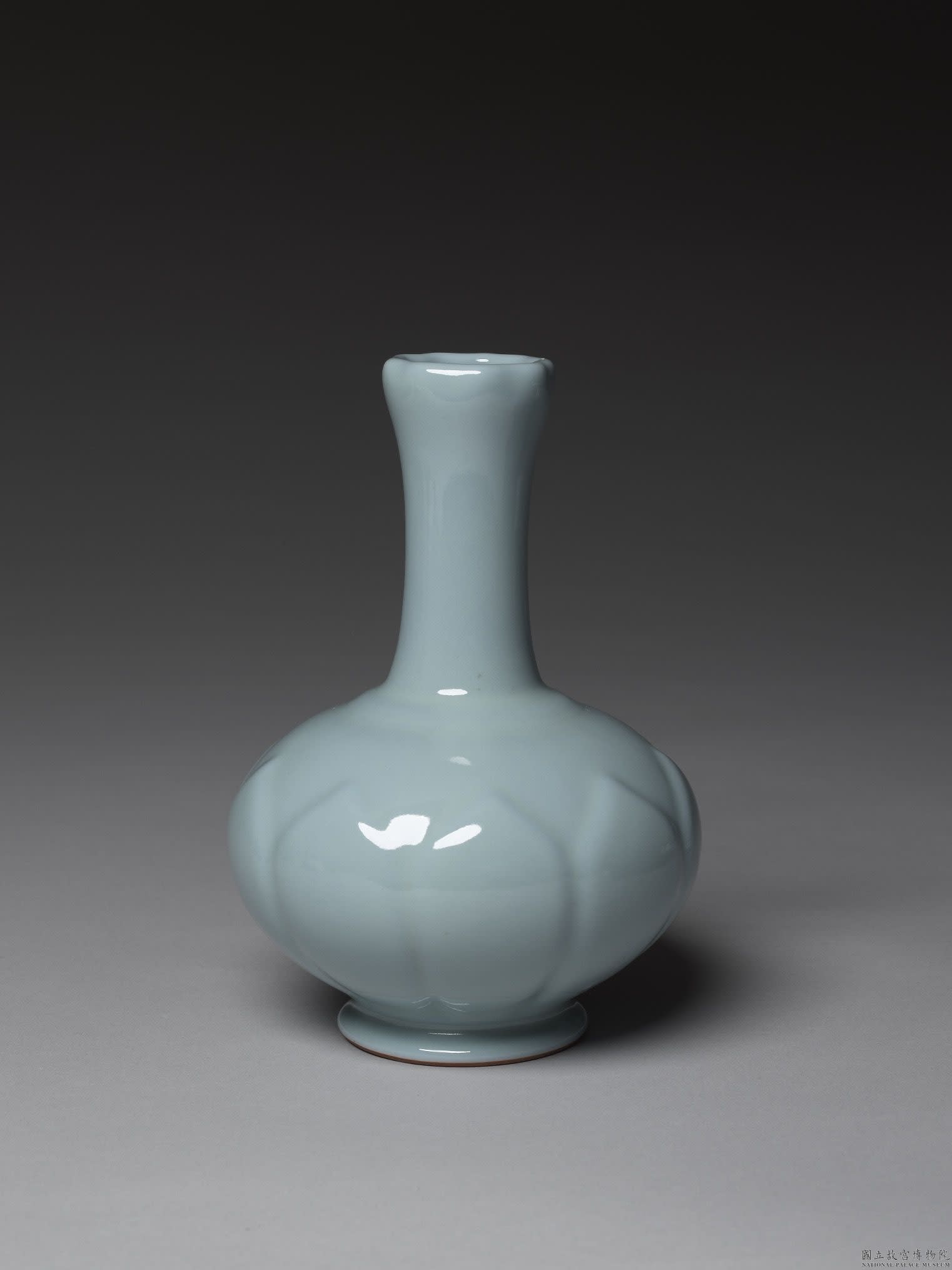
Vase with lotus-petal decoration in glaze imitating Ru ware, c. 1723-1735. Image courtesy of the National Palace Museum, Taipei, Taiwan. To learn more about the object, click here.
When thinking about the history of Southern Song ceramics, art, and glaze technologies, Kawase asked himself, “What was the beginning?” He realized it was not what humans made, but nature itself. “I remembered the calla lilies growing in the backyard that brought my vase to life,” he reflects. “It is nature (its plants, animals, and natural phenomena) that offers the forms and rhythms that lead to a beautiful work.”
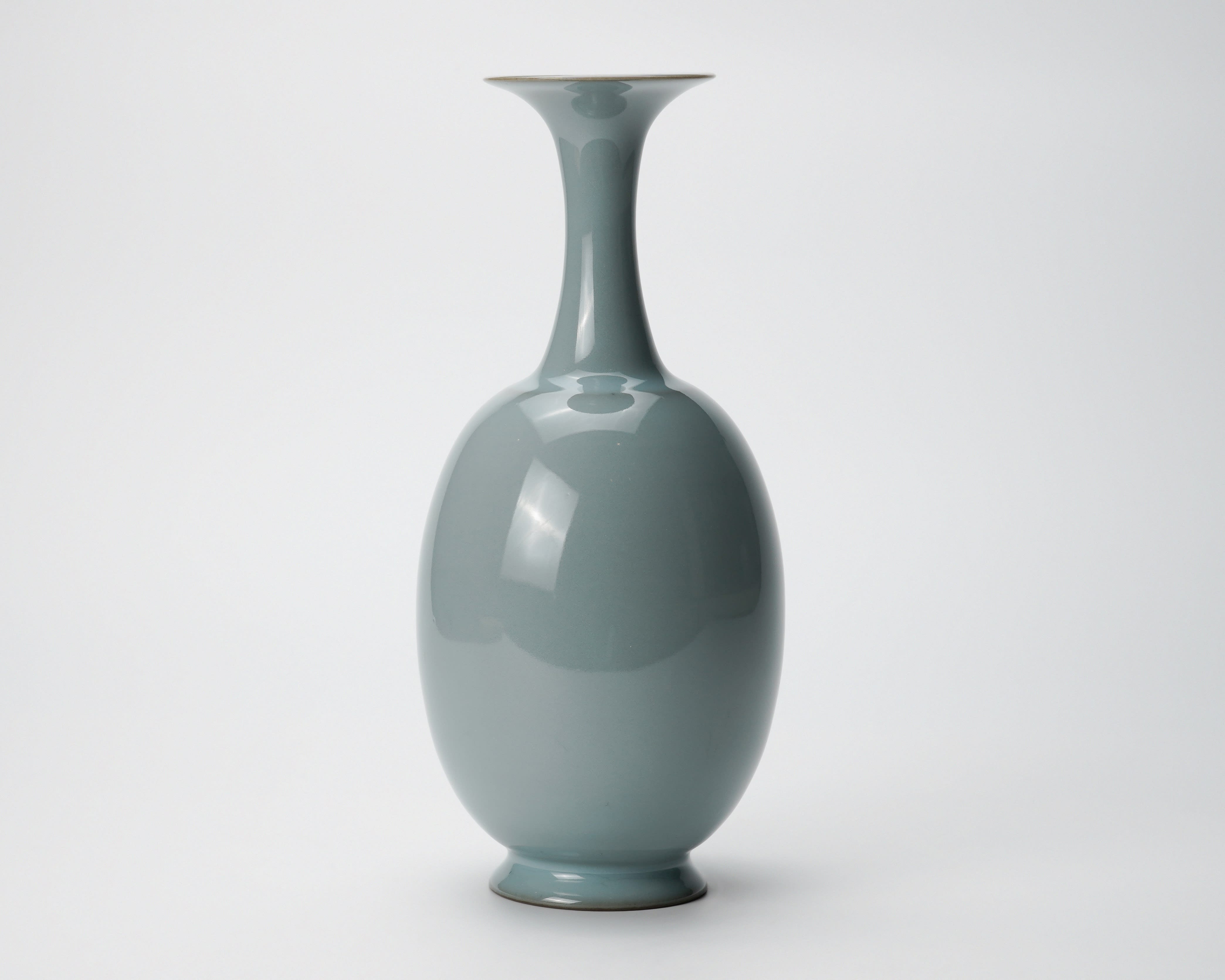
Kawase Shinobu 川瀬 忍, Celadon flower vase, with signed wood box, stoneware. Inquire about this object here.
By observing the unnoticed features of the natural world, Kawase connects them with the plasticity of clay, shaping something that feels true to both material and source. He believes we must let the lines, patterns, and textures of nature guide the making process. When that connection becomes clear to him, he calls it 自然界の閃き, a eureka moment of the natural world.
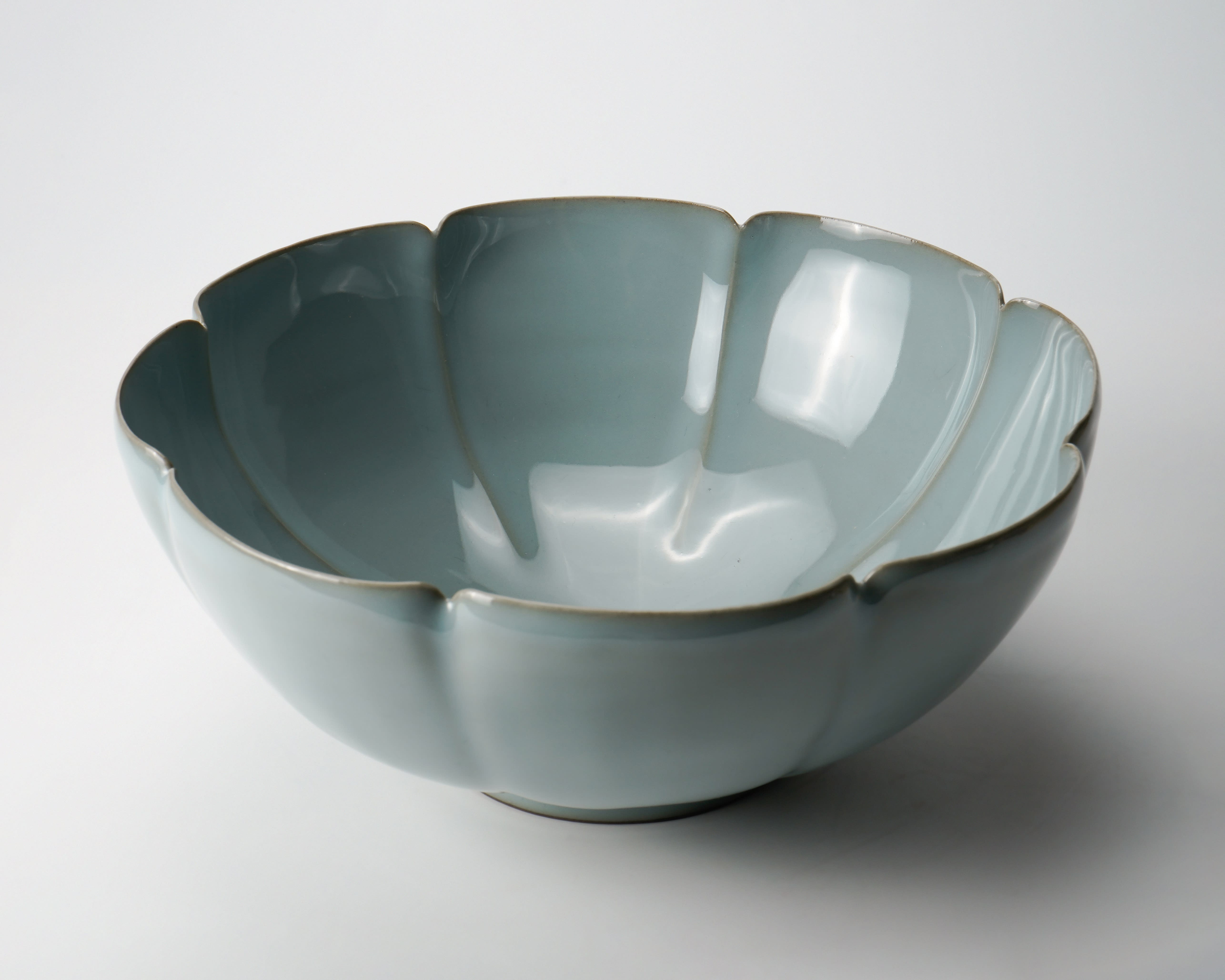 Kawase Shinobu 川瀬 忍, Celadon bowl, signed wood box, Celadon glazed stoneware. Private collection, Image courtesy of Dai Ichi Arts.
Kawase Shinobu 川瀬 忍, Celadon bowl, signed wood box, Celadon glazed stoneware. Private collection, Image courtesy of Dai Ichi Arts.
The clay Kawase works with is known as Yakushi Temple East Pagoda Foundation Soil. It was originally compacted by stamping, by monks and artisans during the Hakuho period (637-686) to support the pillars of the temple’s pagoda. “This clay, which has matured in a moist environment for many years, contains both plasticity and iron,” Kawase notes. “It is often called a ‘miracle soil,’ and many renowned potters have attempted to work with it.”
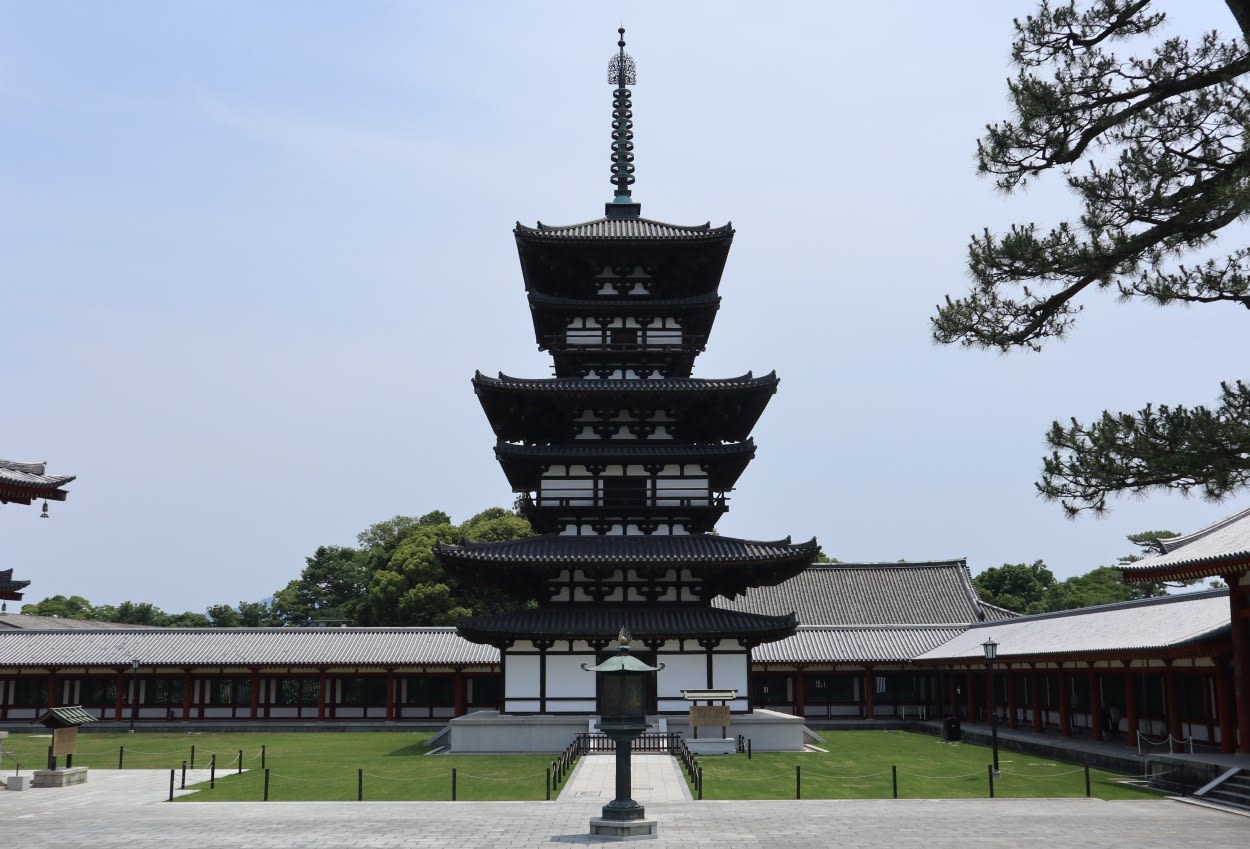
Image of the east pagoda in Yakushi Temple in Nara, Japan.
The journey of Kawase Shinobu is that of a master of celadon. The combination of high-quality clay and advanced technique shaped by years of observation, practice at the wheel, and careful refinement of glaze formulas, has resulted in ceramic works admired for their understated and restrained beauty. He invokes the legacy of Song dynasty celadon through his work.
